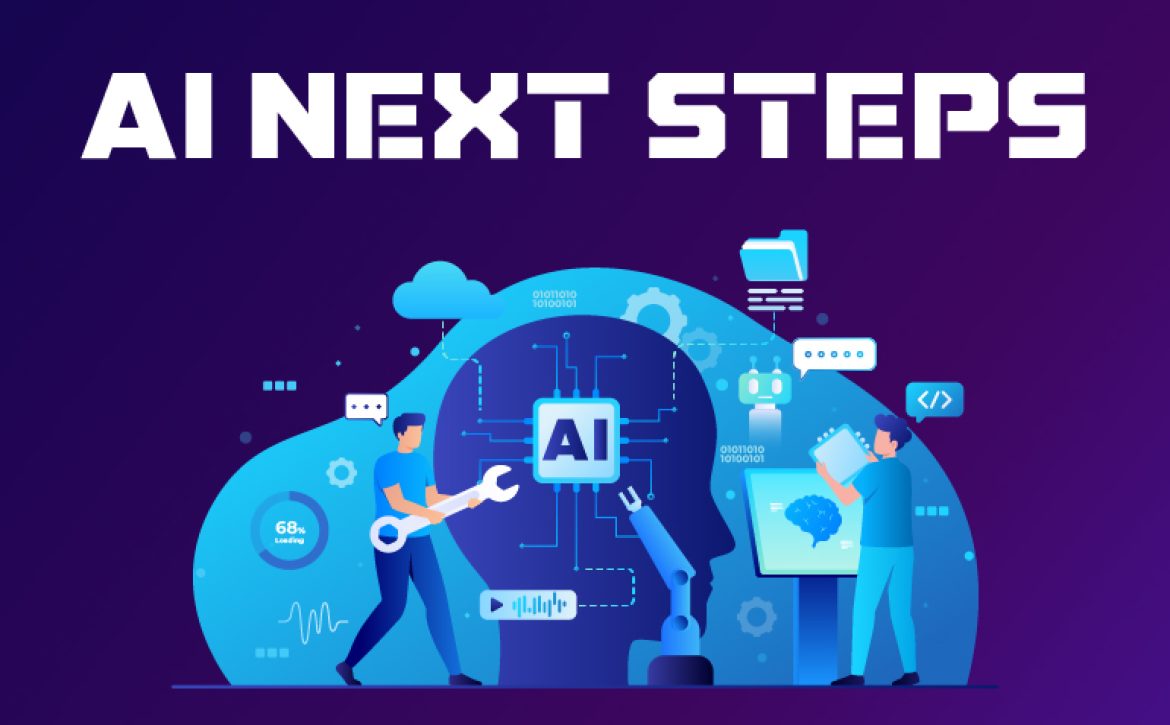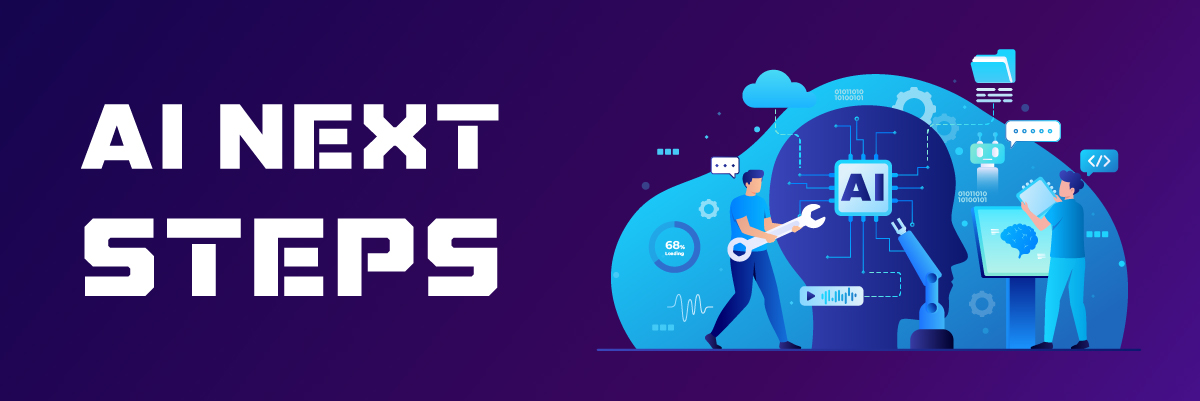The Role of AI in ITOps

The Role of AI in ITOps
The advent of AI and automation has ushered in a new era for IT operations (ITOps). These technologies are transforming the way organizations manage their IT infrastructure, enabling more efficient, reliable, and scalable operations. This blog delves into the pivotal role AI and automation play in ITOps, exploring their benefits, challenges, and the future landscape.
What is ITOps?
ITOps, or IT Operations, encompasses the processes and services administered by an organization’s IT department. It involves managing and maintaining technology infrastructure, ensuring system availability, and supporting business processes.
AIOps Basics
In 2016, Gartner coined “AIOps” as “Algorithmic IT Operations,” later evolving it to “Artificial Intelligence for IT Operations.” AIOps, or AI in IT Operations, aims to enhance IT operations management with AI, addressing the challenges of managing increasingly complex and large networks. Traditional tools struggle with the high volume, variety, and speed of modern data. The role of AI in IT management is crucial, as AIOps platforms overcome these challenges by:
- Integrating data from diverse sources while preserving data integrity for comprehensive analysis.
- Simplifying data analysis with advanced automated analytics to predict and prevent issues and identify root causes, facilitating better decision-making.
The benefits of AI integration in IT operations management include improved data handling, proactive issue resolution, and more informed decision-making processes.
How AI is transforming the ITOps landscape
AI’s impact on ITOps is profound because it directly addresses the biggest challenges IT teams face: complexity, volume, and speed. Traditional monitoring tools generate thousands of alerts daily — many of which are false positives. AI filters through this noise, prioritizing critical incidents and even predicting potential failures before they disrupt services.
In short, AI doesn’t just enhance IT operations — it redefines them. It enables IT teams to move from reactive problem-solving to proactive optimization, leading to improved reliability, reduced downtime, and greater business agility.
The Integration of AI in ITOps
1. Enhancing Efficiency
AI significantly boosts operational efficiency in ITOps by automating routine tasks such as monitoring, patch management, and incident response. This allows IT teams to focus on more strategic initiatives.
2. Predictive Maintenance
AI-driven predictive maintenance helps identify potential system failures before they occur, minimizing downtime and improving system reliability. Machine learning algorithms analyze historical data to predict future issues.
3. Intelligent Monitoring
AI enhances monitoring by providing real-time insights and detecting anomalies. This proactive approach ensures swift resolution of potential problems, maintaining optimal system performance.
Insights from Google Cloud CEO
Thomas Kurian, CEO of Google Cloud, envisions a transformative role for AI in business operations. He emphasizes the creation of an ecosystem of AI life-cycle partners who are crucial for integrating AI into business processes. Kurian believes that AI models will become digital experts for various roles within a company, from marketing to customer service, enhancing overall productivity and efficiency. He sees AI as a general-purpose technology, much like electricity, capable of revolutionizing numerous applications and driving significant business value.
Automation in ITOps
1. Streamlining Processes
Automation simplifies complex IT processes, reducing the likelihood of human error and accelerating task completion. Automated workflows ensure consistency and reliability in IT operations.
2. Incident Management
Automated incident management systems quickly identify and address issues, reducing resolution times and enhancing user satisfaction. Automation tools can automatically route incidents to the appropriate teams.
3. Resource Allocation
Automation optimizes resource allocation by dynamically adjusting workloads based on demand. This ensures efficient use of resources and maintains system performance during peak times.
Benefits of AI and Automation in ITOps
1. Improved Accuracy
By minimizing human intervention, AI and automation enhance accuracy in IT operations. Automated systems perform repetitive tasks consistently, reducing errors and improving data integrity.
2. Cost Savings
Automation reduces operational costs by streamlining processes and improving resource utilization. Organizations can achieve significant cost savings through reduced labor costs and increased operational efficiency.
3. Enhanced Security
AI and automation bolster security by continuously monitoring systems for vulnerabilities and implementing real-time threat detection. Automated security protocols ensure rapid response to potential threats.
Business Benefits of Implementing AIOps
Implementing AIOps brings significant business benefits by streamlining IT operations automation. Leveraging artificial intelligence for IT operations allows for real-time data analysis, predictive insights, and faster issue resolution. AI for network management enhances network performance, reduces downtime, and improves overall IT efficiency. By automating routine tasks and identifying potential problems before they escalate, AIOps enables businesses to operate more efficiently, reduce costs, and focus on strategic initiatives.
AI and Automation: Key Benefits for IT Service Delivery
1. Accelerating Decision-Making
AI technologies are poised to influence several key IT service delivery operations, accelerate business decision-making, and boost profitability. With AI, businesses can analyze large datasets in real-time, providing insights that drive faster and more informed decisions.
2. Digital Transformation and Modernization
AI has a host of benefits for industries looking to undertake digital transformation and modernize their IT infrastructure. By leveraging AI, businesses can scale their operations, ensuring cybersecurity to safeguard organizations for the future. According to Kiersten E. Todt, chief of staff at the Cybersecurity and Infrastructure Security Agency, integrating security into technology from the start is crucial: “When we’re looking at what the technologies of the future are, it’s baking security and safety into technology so that safety and security aren’t an option.”
3. Enhancing Service Management
Even CIOs are now leveraging AI to boost the efficiency of service management processes using natural language processing (NLP) and other ML models. It gives them a deeper, real-time understanding of operations so they can proactively respond to challenges and augment employee productivity.
 Advanced AI Capabilities in ITOps
Advanced AI Capabilities in ITOps
1. Intelligent Ticket Categorization
Chatbots are playing an instrumental role in categorically sorting incident tickets in an ITSM environment, making it significantly easier for MSPs to respond to client requests. For instance, if a client raises a ticket seeking a resolution for a query, a virtual agent can instantly categorize the incident and direct it to the appropriate team. This use of machine learning enhances the efficiency of ticket management.
2. Automating Basic Tasks
Technicians often face repetitive issues that can become monotonous. AI can automate the conversion of resolution emails to articles or templates, creating a comprehensive repository of incident solutions. This not only increases the efficacy of resolutions but also reduces the time spent on crafting new solutions from scratch.
3. Advanced Cybersecurity Solutions
AI and automation have had a major impact on cybersecurity. As businesses become data-driven and adopt remote, digital-first solutions, the increase in cyber threats is inevitable. Machine learning and AI help curb cyber attacks by proactively detecting vulnerabilities and allowing businesses to develop countermeasures. AI bots secure systems the moment an account is compromised, informing affected parties immediately to prevent further harm.
4. Automating Complex Processes
IT MSPs often deal with resource-intensive operations. AI and machine learning algorithms can observe and learn from human task execution, automating many complex tasks in the future. This includes identifying patterns in human responses and providing intelligent suggestions regardless of the issue. AI-driven data mining capabilities also enhance endpoint management and security information management.
5. Bolstering Decision-Making
AI can streamline service request management, change and asset management, and other functionalities by helping organizations become automated and data-driven. This includes introducing auto-approvals and effective workflow routing, predicting problems, and reducing disruptions. AI algorithms also ensure smart asset management, facilitating profitable asset performance.
Challenges of Implementing AI and Automation in ITOps
1. Integration Complexity
Integrating AI and automation into existing IT infrastructure can be complex and resource-intensive. Organizations must carefully plan and execute integration strategies to ensure a smooth transition.
2. Skill Gap
The implementation of AI and automation requires specialized skills that may not be readily available within the organization. Training and development programs are essential to bridge this skill gap.
3. Data Management
Effective AI implementation relies on high-quality data. Organizations must ensure robust data management practices to provide accurate and relevant data for AI systems.
Future Trends in AI and Automation in ITOps
1. Autonomous IT Operations
The future of ITOps lies in fully autonomous operations, where AI systems manage and optimize IT infrastructure with minimal human intervention. This shift will further enhance efficiency and reduce operational costs.
2. Enhanced AI Capabilities
Advancements in AI technology will lead to more sophisticated and capable AI systems. These systems will provide deeper insights, more accurate predictions, and enhanced decision-making capabilities.
3. Collaborative Automation
The future will see increased collaboration between AI systems and human operators. AI will augment human capabilities, providing support and insights to enhance decision-making processes.
Conclusion
The integration of AI and automation in ITOps is revolutionizing the way organizations manage their IT infrastructure. These technologies offer numerous benefits, including improved efficiency, cost savings, and enhanced security. However, they also present challenges that require careful planning and execution. As AI and automation continue to evolve, their role in ITOps will only become more critical, driving innovation and transforming IT operations.


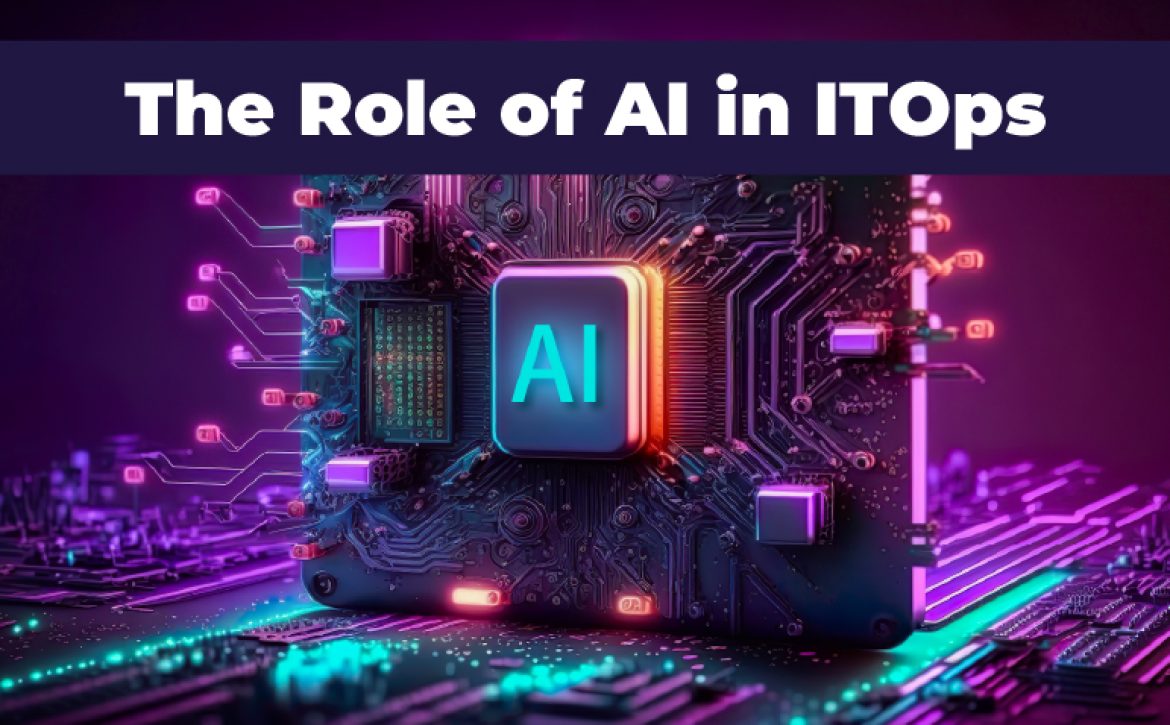
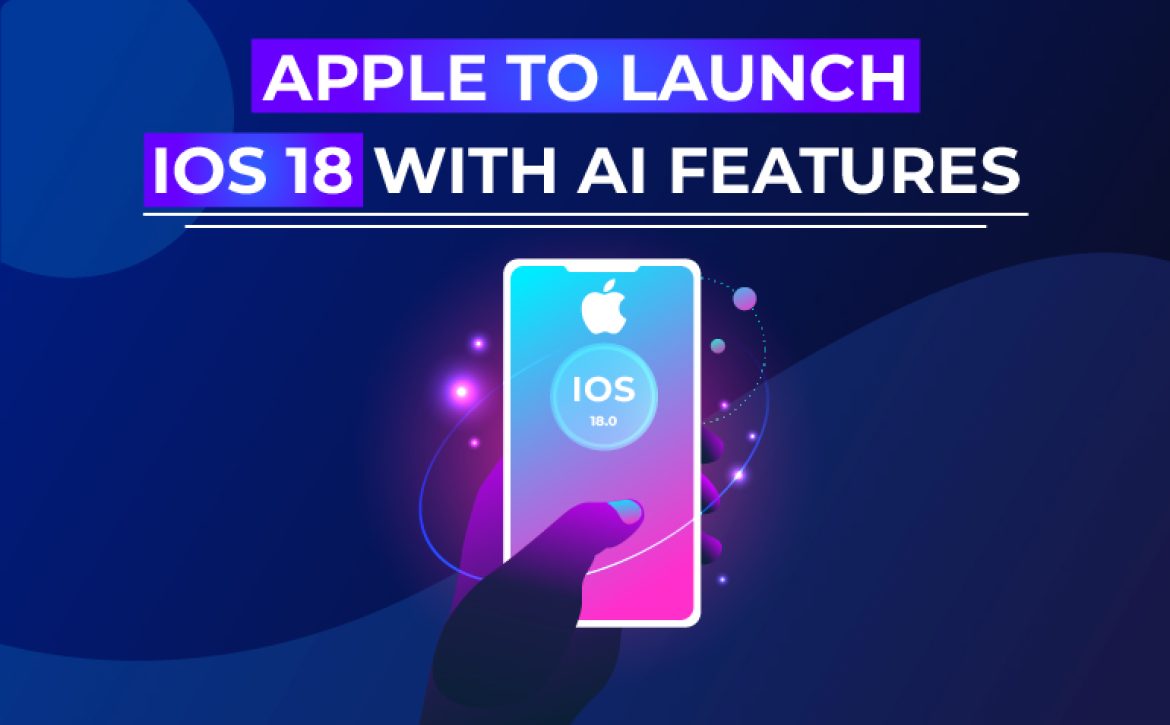

 Additional Key Features
Additional Key Features
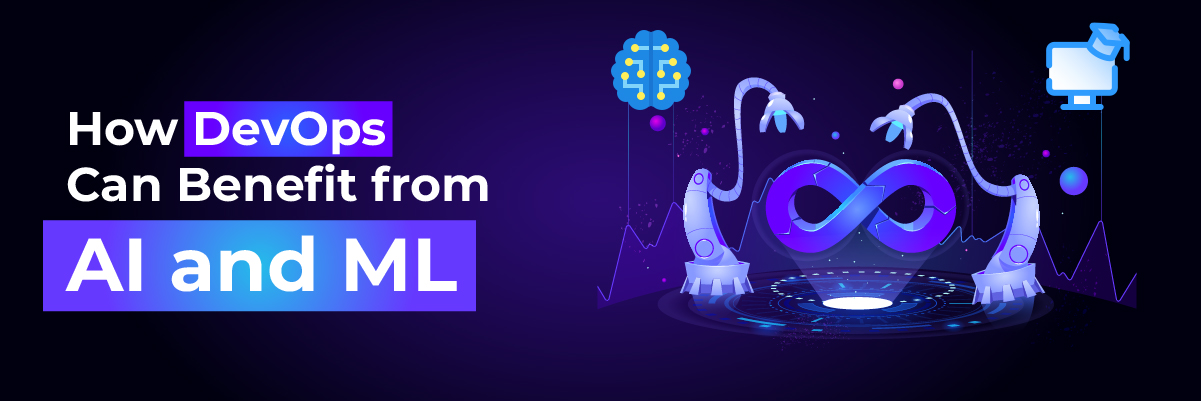



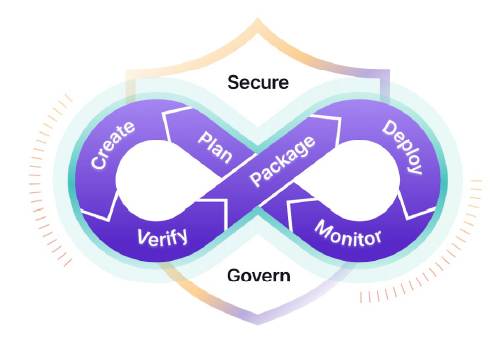 Evolution of DevOps
Evolution of DevOps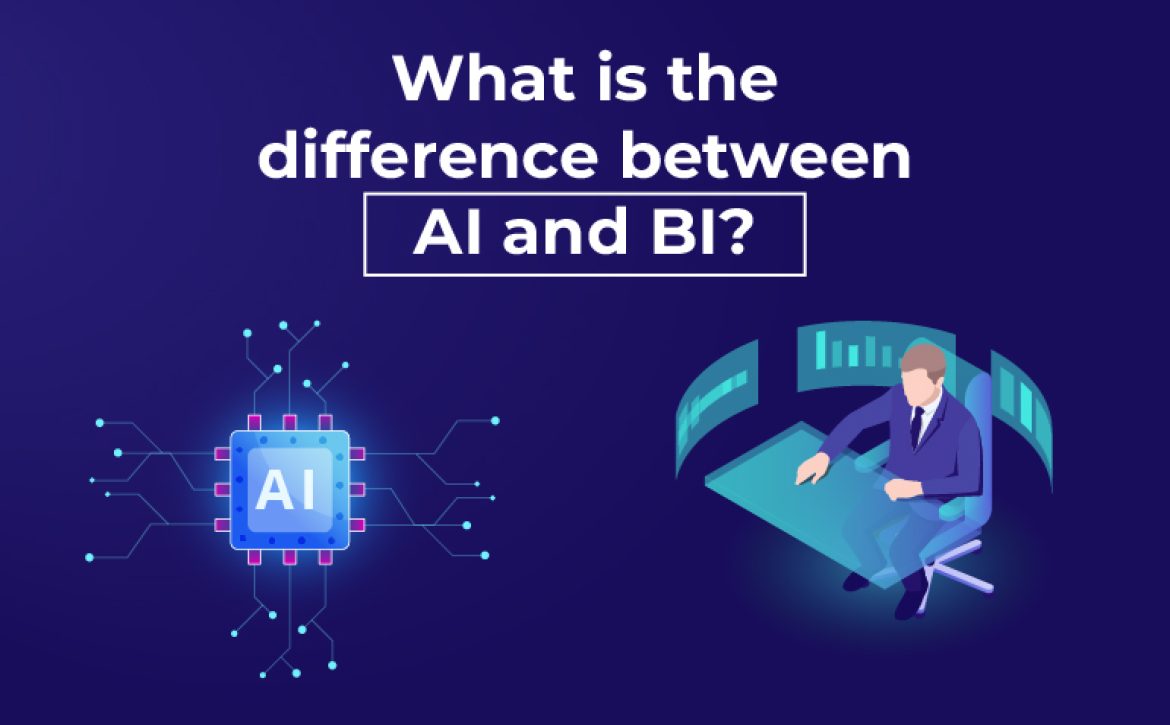
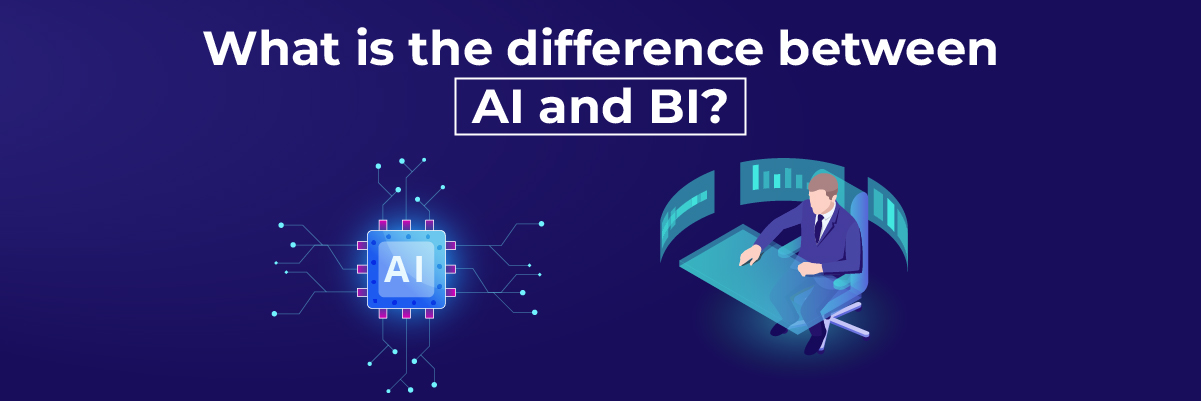


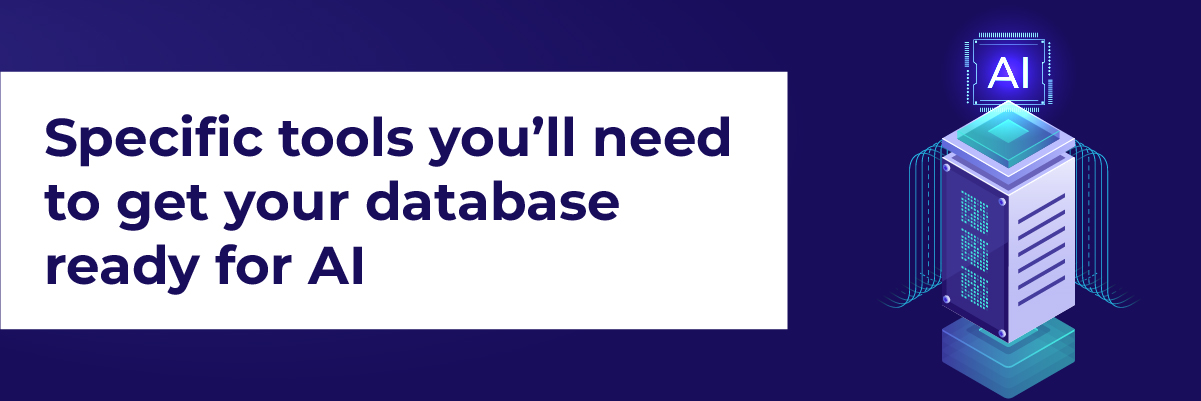
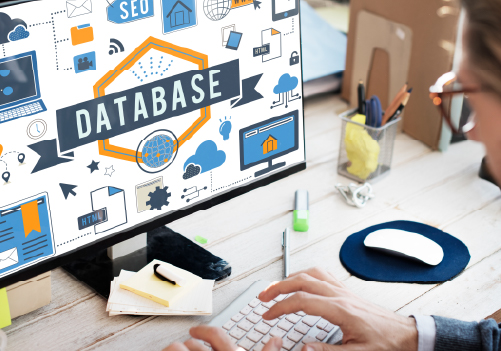 6. Data Security:
6. Data Security: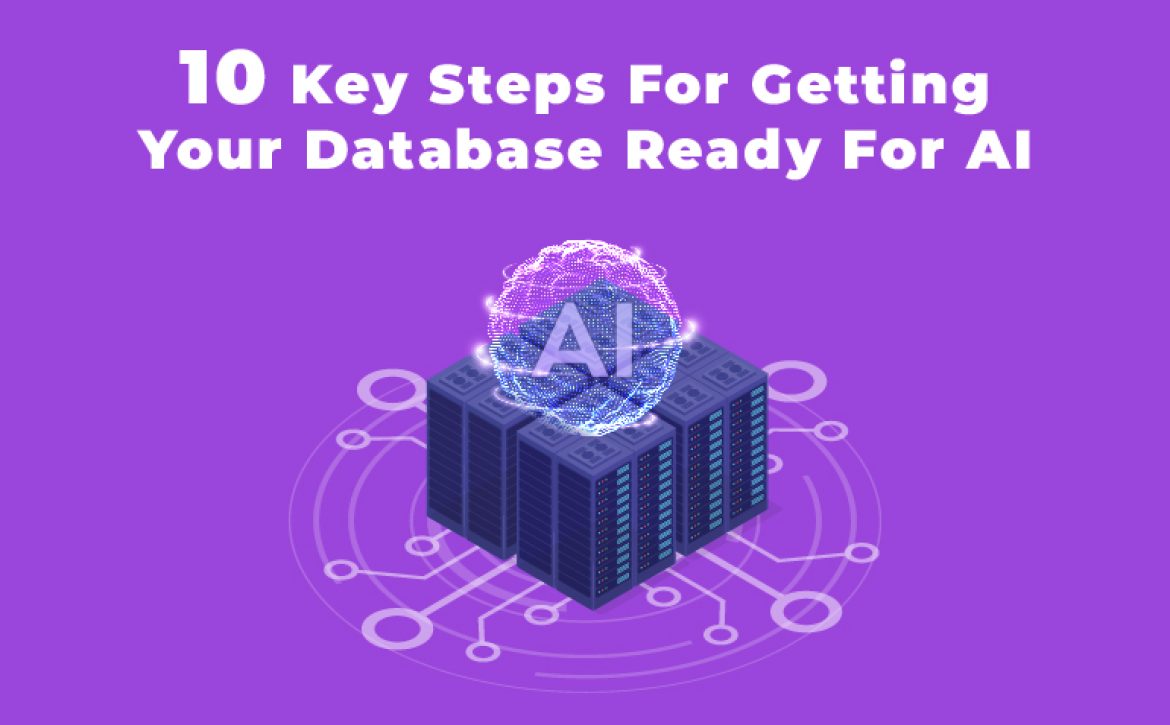




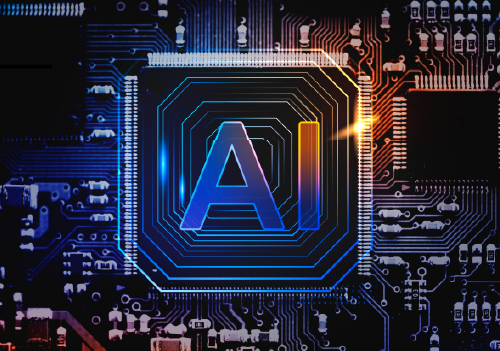 Future Trends and Challenges in AI TRiSM
Future Trends and Challenges in AI TRiSM


